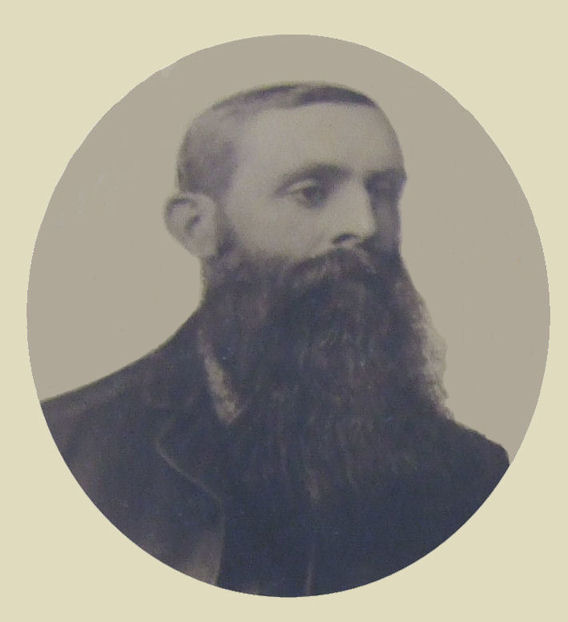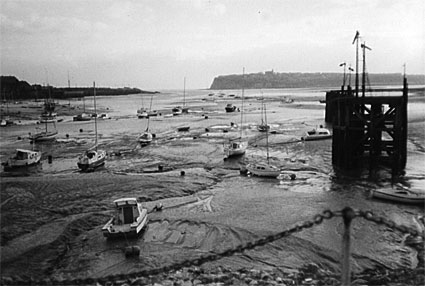I recently spent a few hours lost in the internet when I came across Nick Sarebi’s wonderful photographs of Cardiff in the 1980s. I messaged Nick who kindly agreed to let us publish them, and even did a mini interview with me, which I present, here, for you. Do enjoy this wonderful dip into the archives, back into Cardiff in the late 1980s and very early 1990s. Over to Nick …

Nick: I originally came from London. I lived in between Grangetown 1988 – 95, although I was still working in London for much of that time. I always thought Cardiff was a lovely city.
I was doing a City and Guilds photography project at the time. I loved the sense of history that the Docks had, and obviously it was just on the cusp of change. I wish I took more photos back then, but it was before digital.
I lived in Pentrebane Street in Grangetown. I remember my neighbour saying that she knew Shirley Bassey and went on a works outing with her, where she sang, but then again everyone claimed to know her at that time! I think there were still close-knit families in Grangetown then, which was changing at that time. The neighbours were all very friendly. The house was covered inside with Artex when I bought it. It took ages to scrape off, I must have been mad!
The Docks






Nick: I loved wandering round the Docks at that time, before it was all developed. It was pretty much deserted at the time. I also remember visiting the Sea Lock and some other Docks pubs. I wanted to go into the clubs down there but was a bit wary as an outsider. The Sea Lock was definitely stepping into the past. The main bar was closed and they only had a tiny bar left open. They frowned on women going in there alone! It was demolished soon after, I think. The publicans were really friendly. I recommend Trezza Azzarardi’s The Hiding Place – it’s a brilliant take on Tiger Bay. It conjures up Tiger Bay so well for me I had to go back and take another look. It was criminal how the knocked the place down. It can still be seen in the classic film Tiger Bay, which you should watch if you haven’t seen already.
There’s a nice interview with Neil Sinclair here, talking about the story of the place that inspired the Tiger Bay musical that was out year …
I remember meeting Neil Sinclair, who is at the start of Tiger Bay talking with Hayley Mills. We met at a nice pub which was on the Bay front and was very isolated, out on the way to Penarth. This was before they built that flyover. I forget its name, I think it must have gone now.









Cardiff – the city
Nick: Why did I move to Cardiff in the first place? That’s a good question. I wanted to move out of London, as it was expensive to buy a house there (even then!) and it was so big. Of course, no one could imagine that house prices would rise to the crazy levels they are now…
I couldn’t decide on Bristol or Cardiff. My girlfriend at the time lived in Bristol, but we split up just before I moved, so I chose Cardiff. In retrospect, what was mad was not looking for work in Cardiff. So I just travelled thousands of miles up and down the M4!
Eventually after Cardiff I moved to Bristol and I worked there for a couple of years, but was offered a part-time job in London, which went from two to four days, so I started commuting again, from 1997 right through to 2013.
I now look back and wonder why I did that! I spent seven years in Cardiff, but somehow it doesn’t feel that long – it flew by. I arrived in Cardiff only a few months after Lynette White was murdered. Someone wrote a book on it called Bloody Valentine, but it had to be pulped for libel reasons.



Nick: It was a bit ridiculous travelling backwards and forwards to London for all those years I lived in Cardiff. Cardiff was all changing at that time. I studied at the Arts Centre – I can’t remember what it was called now.
I have visited Cardiff a few times since I lived there, walking all round the barrage with my son, and have been to watch my team, Fulham, play Cardiff. It always brings back memories. I’m glad I lived there when I did, and saw the bay before it became “the Bay”.
***
Thank you so much Nick! He has a couple of really great albums of 1980s photography. We particularly love these albums:
Miners strike 1984 (photographs of mining families on holiday in London during the strike)
St Pancras Station 1980-1 (some great portraits of rail workers as well as general shots from around the station)
London Docks (images from the 1980s to now)
And of course, his Cardiff in the Eighties album in full.
To see more of his photography, visit Nick’s Flickr page.
***
- Sign up for the weekly We Are Cardiff newsletter
- Check out what’s going on with We Are Cardiff Press
- Like us on Facebook
- Squawk @ us on Twitter @wearecardiff
- Follow us on Instagram/WeAreCardiff
- Follow our rescue dog adventure Instagram/ZeldaPooch






















